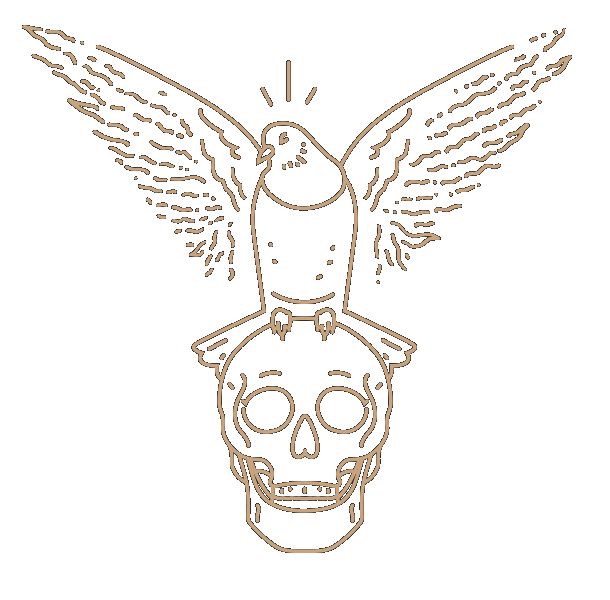
The pigeon has always held special meaning to Urban Influence (besides that hillarious day when one pooped on Pete right before a big presentation). I’ve always viewed the pigeon as a natural survivor, able to adapt to its environment be it Seattle or Beirut. By embodying the pigeons ability to contour to its surroundings, we’re able to build brands that adapt to the environments they exist in.
This exerpt from Niall Edworthy’s “Bald Coot and Screaming Loon” sums up why the pigeon has, and always will be, our power animal:
“To many people, the feral pigeon, a familiar sight waddling along the pavements and squares of our cities and towns, is an ugly, un-hygenic bird, a “rat with wings” that should be shunned or even exterminated. But even its many detractors would have to acknowledge that the bird is one of the most successful species on the planet, with a rare ability to adapt with great speed to new environments and thereby ensure its survival – indeed increase.
Such is its adaptability that the only place in the world where you won’t find the feral pigeon is on the polar ice-caps. It has colonized everywhere else, which is no mean achievement for a species whose natural habitat was a rocky coastline until man began to domesticate the bird about the time of the William the Conqueror. Since then, the birds have slowly moved into our towns where the food is plentiful and where the buildings provide similar, but much warmer homes than wind-blasted cliffs. No relation of the wood pigeon which nests in the trees the “feral” descended from the rock dove but it is now extremely rare to find them living on coastlines. Most creatures take hundreds of thousands, even millions of years to leave one environment and adapt to another, but the unfancied feral pigeon has done it in under a millennium. So next time you walk past a “feral” as it plucks some cold French fries out of a trash can, raise your hat and give it a nod of respect.”
